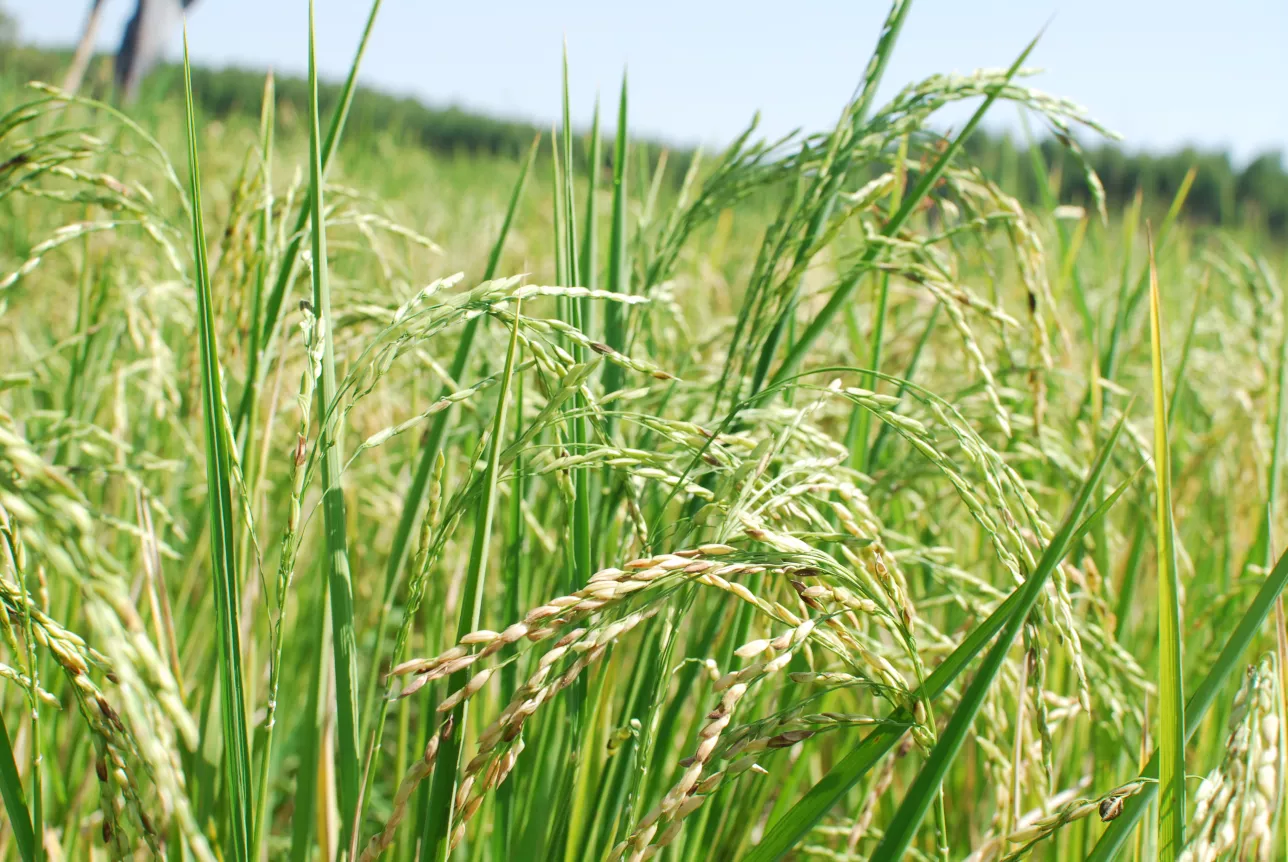Domestication 2.0
Theme 2.0 2021
Agriculture is facing several challenges. In the short term, agriculture must reduce its environmental and climate impacts, in the longer term, agriculture must adapt to very different climatic conditions. That is why agriculture needs to change, and radical shift to perennial cropping systems is our best hope, we argue.
Today, about 87% of the world's agricultural land is cultivated with annual crops that must be re-sown every year/season. Accelerating climate change is gradually rendering these crop unfit for many regions of the world. Cropping systems that are based on new perennial cultivars would open up new opportunities to better adapt agriculture to the climatic conditions that we can expect in the future. The main advantages of such cropping systems are that their deep and extensive root systems can sequester large quantities of soil carbon over long time periods, that water and nutrients are used more efficiently and that weeds are suppressed. In addition, some of the perennial crops are exceptionally drought resistant and can reduce soil erosion and nutrient leaching to near-zero. A transition to perennial crops would transform agriculture into a carbon sink and would also reduce the emission of nitrous oxide and methane, as well as significantly reduce erosion and nutrient leakage. In addition, it would drastically reduce the need for costly external inputs to agriculture, such as seeds, fertilizers, herbicides, machinery and energy, which would result in social and economic benefits, especially for farmers and rural communities.
The development of new perennial crops has developed rapidly in the last decade thanks to scientific and technological advances in genetics, plant physiology, ecology and plant breeding. The results obtained so far show that high-yielding perennial varieties can be developed within a few decades. A new agricultural revolution - a perennial one - could radically improve the environmental performance of agriculture and at the same time lay the foundations for a food production that works well under future climatic conditions. But such a perennial revolution challenges strong economic interests (oligopolies) from mainly agro-chemical industry and seed companies, as well as path dependent behaviours, political alliances and knowledge systems.
The aim and approach of the Theme
We argue that the vision of an agriculture that is largely based on new perennial crops is the only alternative that in the long run can meet all the challenges that agriculture faces. The theme will work to identify the opportunities and barriers for such a development. The focus will be on corporate power in relation to political ambitions and mounting pressure from social movements, as well as on the path dependency often described as the “agricultural treadmill". The following questions are in focus.
- What is the willingness and resistance of various actors to develop new perennial crops and the practices and products that the perennial revolution would entail?
- Which actors and structures are crucial, why and in what way will they resist a perennial revolution?
- What barriers are there for farmers to adopt cropping systems that are based on new perennial cultivars and to develop the products required for a functioning food system?

What is Domestication 2.0?
Domestication 2.0 is an independent follow-up to the previous Theme Domestication that worked at the Institute in 2018-2019. Read more about the original Theme in the LU research portal.

